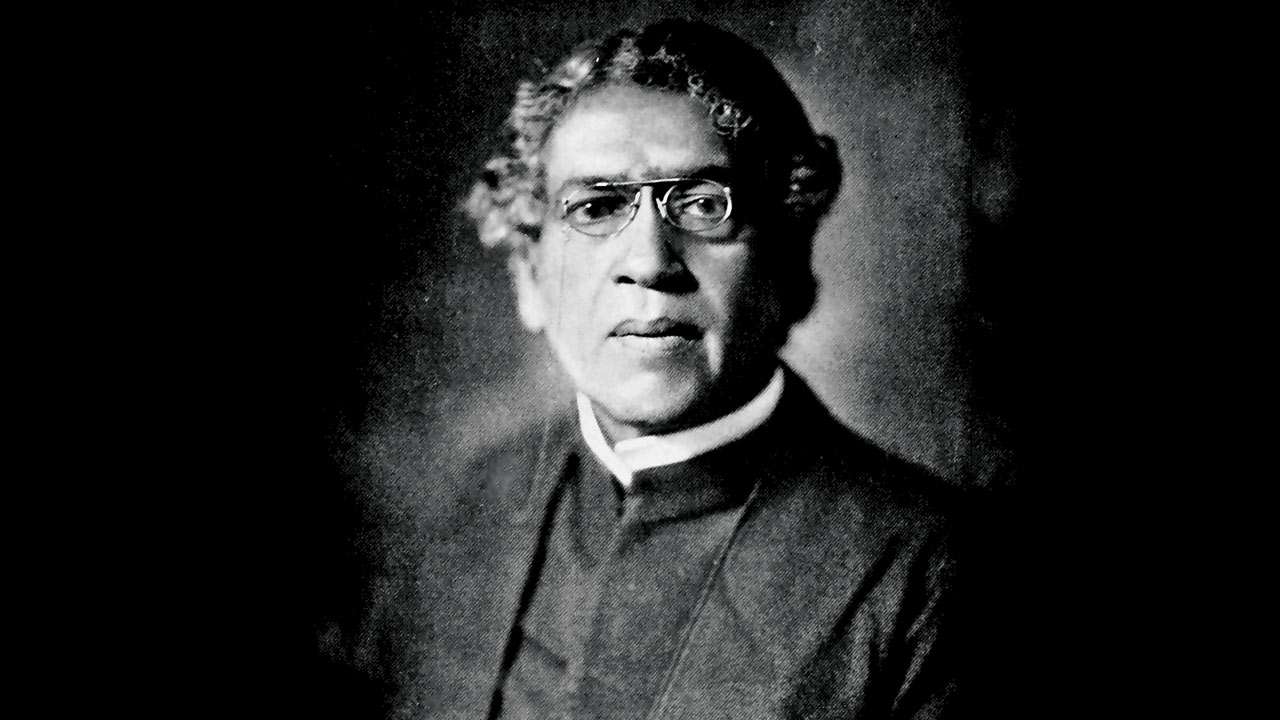Jagadish Chandra Bose
This exceptional man was a physicist, botanist and a pioneer in radio science and more. He conducted experiments to prove plants feel heat, cold, light, noise, happiness and pain. His instrument, the Crescograph can measure plant growth.

Born in Mymensingh, now in Bangladesh on November 30, 1858 to Bhagawan Chandra Bose, an assistant commissioner in the government and member of the Brahmo Samaj. He enrolled at St Xavier’s School in Calcutta where Jesuit priest Father Eugene Lafont helped him develop interest in natural sciences. He graduated in physics from Calcutta University.
CAREER
Bose wanted to take the Civil Services examination in England but changed his mind and pursued natural science at Cambridge. There, he was taught by noted teachers Francis Darwin, James Dewar and Michael Foster. During his stay in England, he also befriended Prafulla Chandra Ray, who later attained fame as a chemist. After graduating in science, he returned to India and was appointed professor of physical science at Presidency College, Calcutta. He faced racism in his job, with his salary being much lower than that of British counterparts. Bose registered his protest by teaching without taking any salary for three years. Later, the college made his appointment permanent and paid his salary arrears. In 1917, he set up the Bose Institute in Calcutta where scientists conducted research on plants.
FAMOUS EXPERIMENT
A famous experiment conducted by Bose at the Royal Society of London in 1901 demonstrated that just like humans, plants too have feelings. He placed a plant in a vessel containing bromide solution, which is poisonous. Using his instrument, he showed on a screen how the plant responded to the poison. One could see rapid to and fro movement on the screen which finally died down. A similar thing would have happened if an animal was placed in the poison. The plant died due to the poison. He called his instrument crescograph and conducted further experiments. Most scientists across the world praised his findings. He is known for two books: Response in the Living and Non-living and The Nervous Mechanism of Plants. He also conducted research on radio waves. He improved an instrument called the Coherer that was used to detect radio waves. In 1896, he met Guglielmo Marconi who was also conducting research on radio waves. In 1895, he presented a research paper titled On the Polarisation of Electric Rays by Double Reflecting Crystals that was published by The Royal Society of London during 1896. Drawing on his experiences and imagination, he wrote a science fiction titled Niruddesher Kahini that was later on translated into English. In 1887, he married Abala, the daughter of Brahmo Samaj reformer Durga Mohan Das.
HONOURS AND DEATH
In recognition of his contributions to science, the British government made Bose a Companion of the Order of the Indian Empire in 1903 and Companion of the Order of the Star of India in 1912. He was knighted in 1917 and was elected a Fellow of the Royal Society in 1920. The Acharya Jagadish Chandra Bose Indian Botanic Garden was named after him. He died in Giridih, now in Jharkhand, on November 23, 1937.
INTERESTING FACTS
1. Jagadish ChandraBose had invented the wireless telegraphy and had also held a demonstration in 1895 but he did not file for a patent. Italian scientist Guglielmo Marconi on the other hand had made a similar demonstration in 1897, two years after Bose’s demonstration but Marconi filed for a patent in 1896. So, though Bose had done pioneering work in the field, Marconi got the credit for the invention.
2. Sir Nevill Mott, who won the Nobel Prize in 1977, said Bose was about 60 years ahead of his time and had rightly predicted use of N-type and P-type semiconductors in the future.
3. Bose’s advanced equipment are preserved by The Bose Institute in Kolkata. A multi-beam receptor developed on his work was used in the NRAO 12 Metre Telescope located in Arizona, USA.
nice da machi
ReplyDeletesuper dr
ReplyDelete